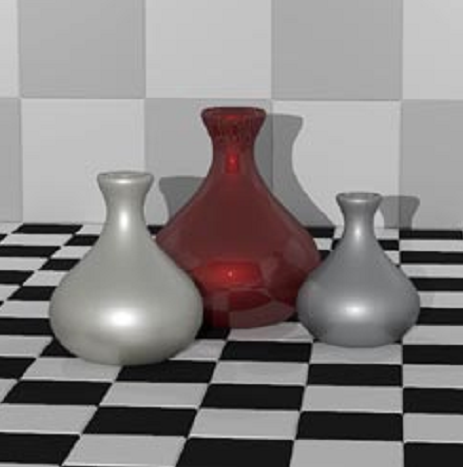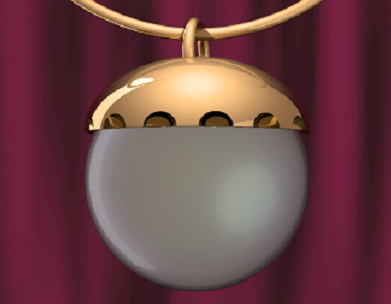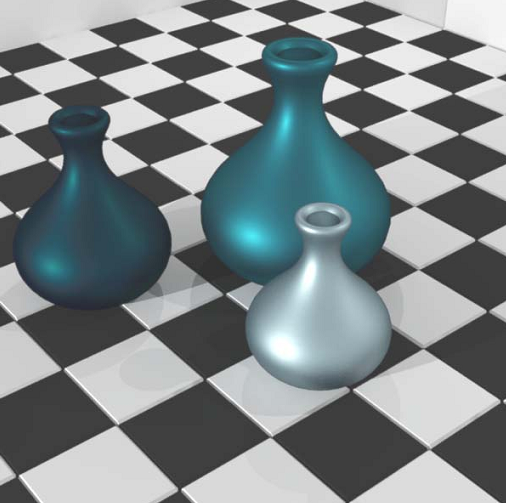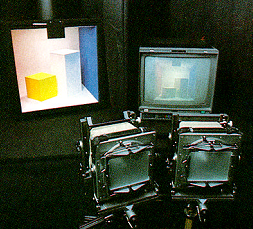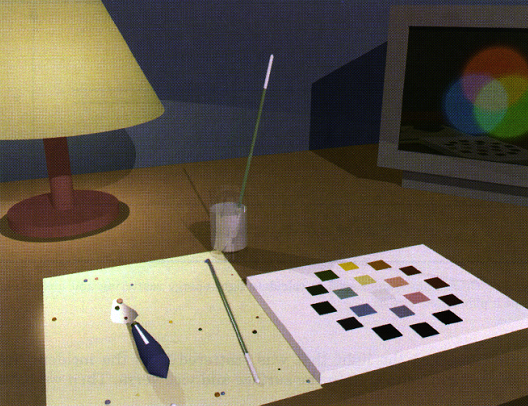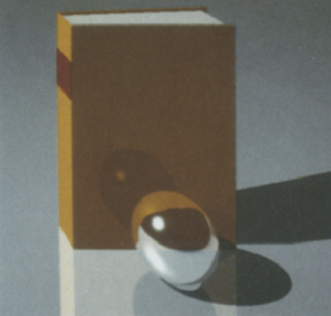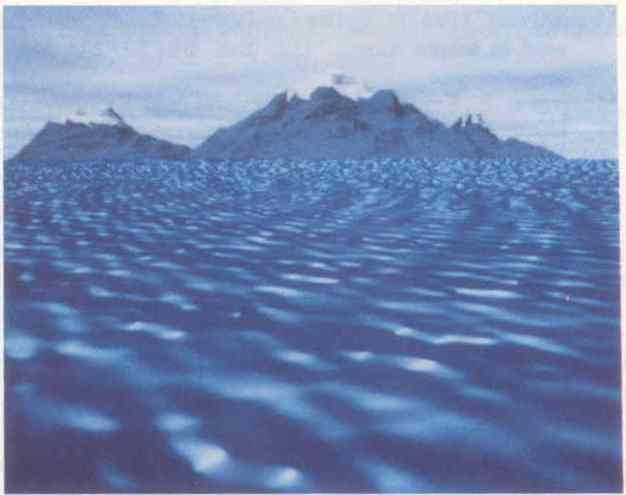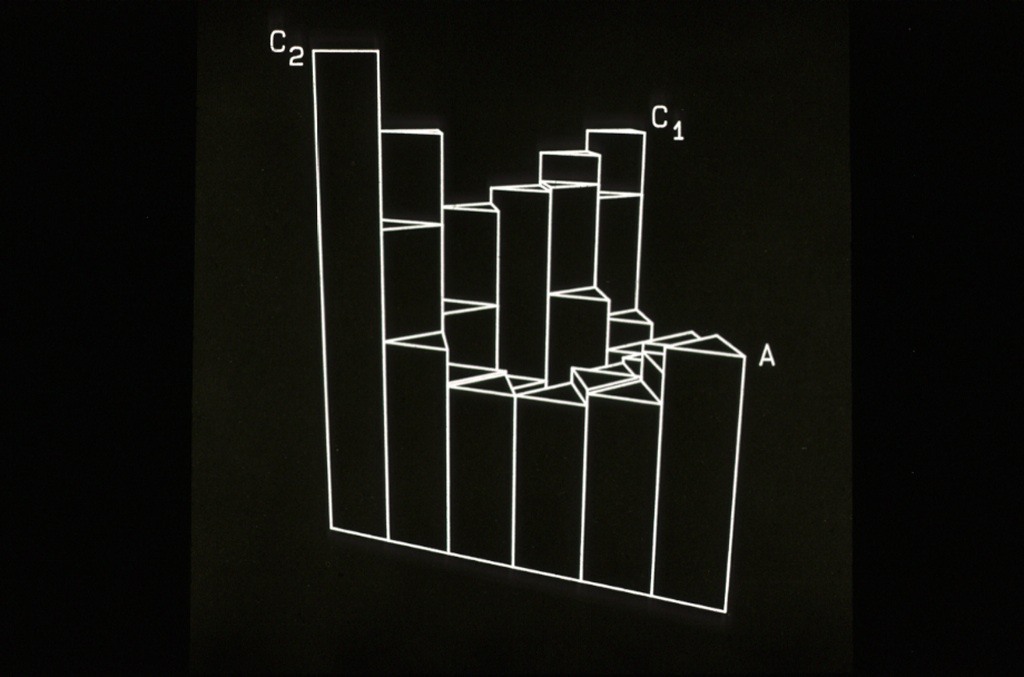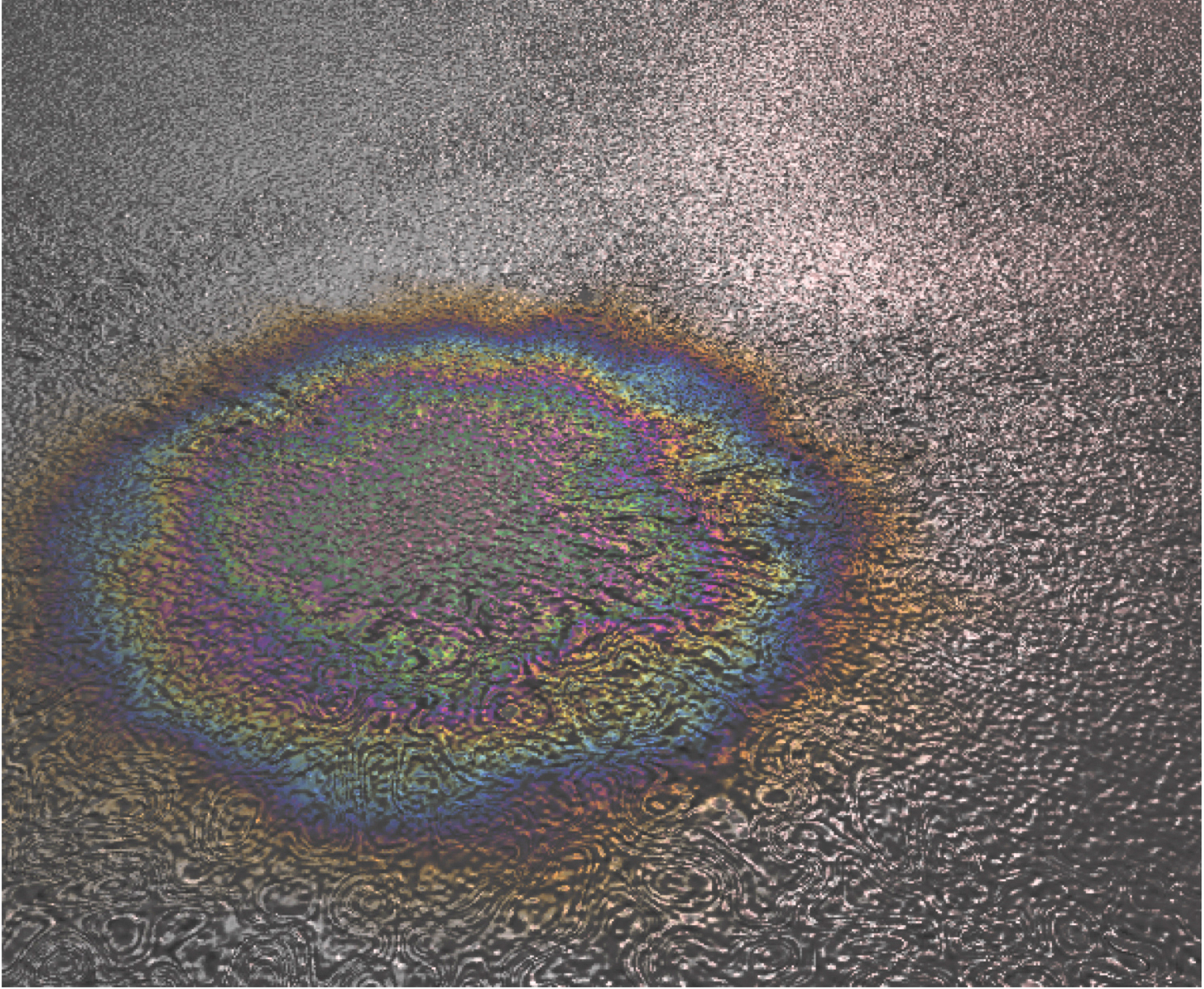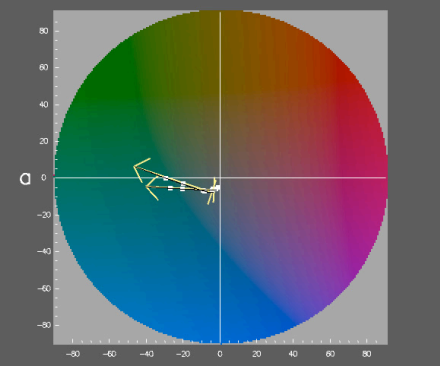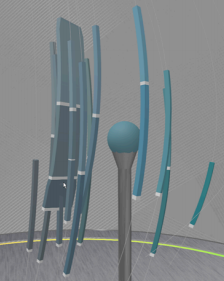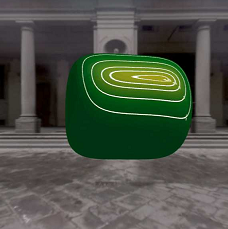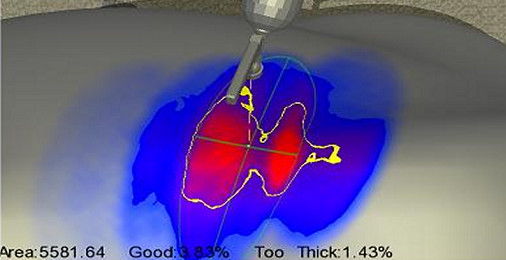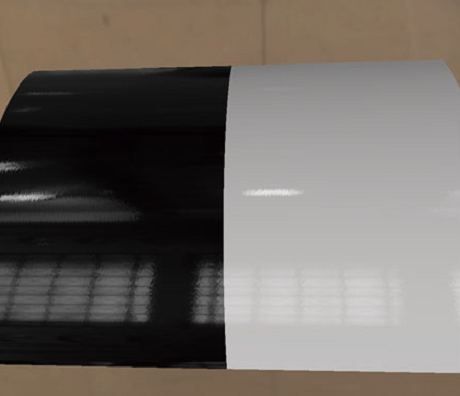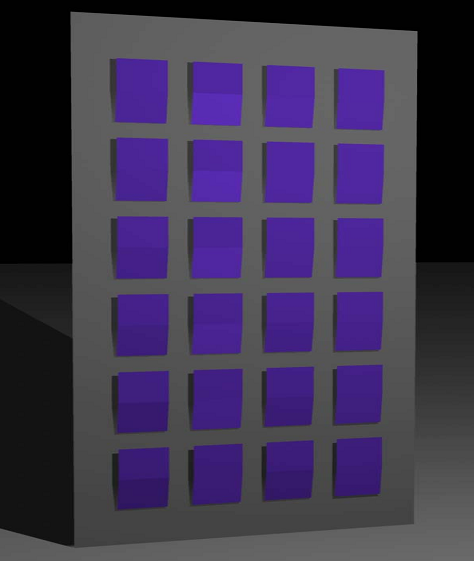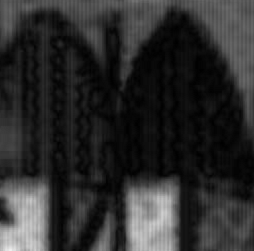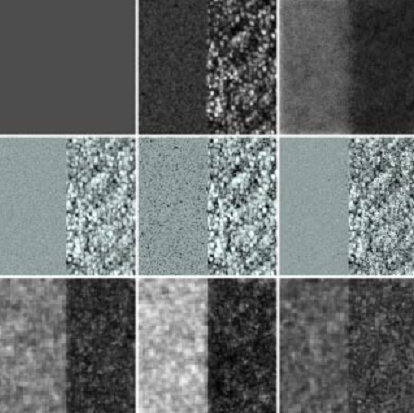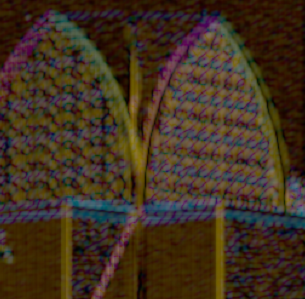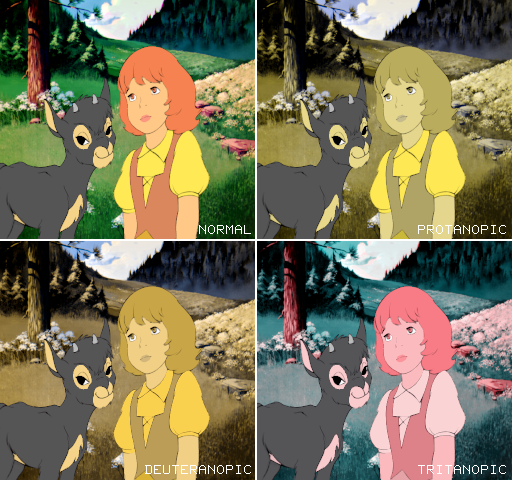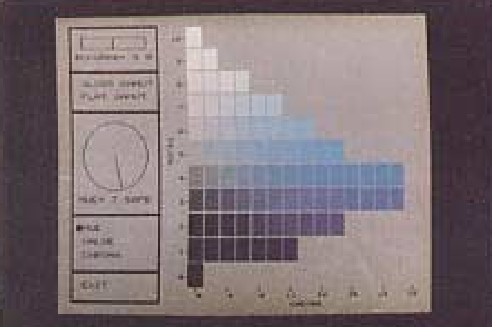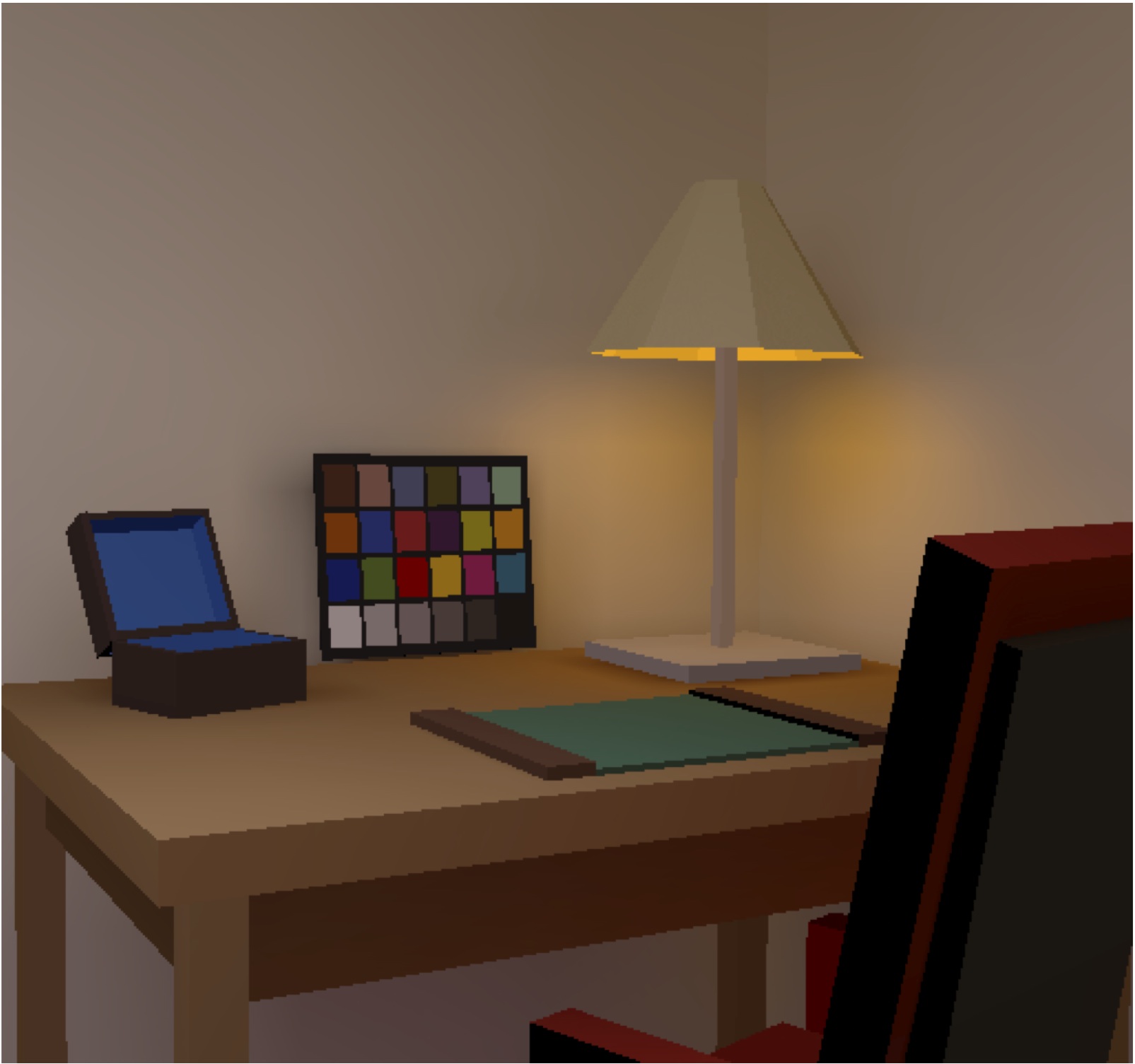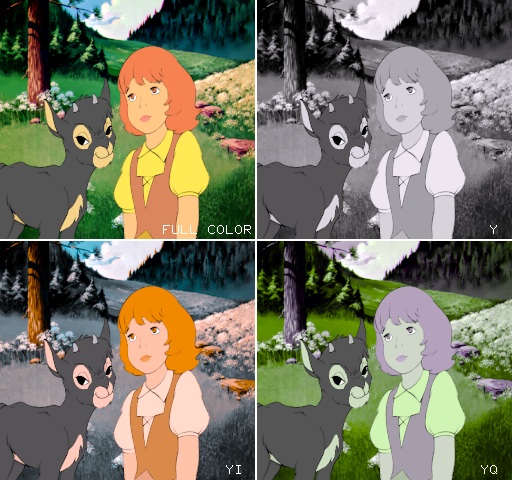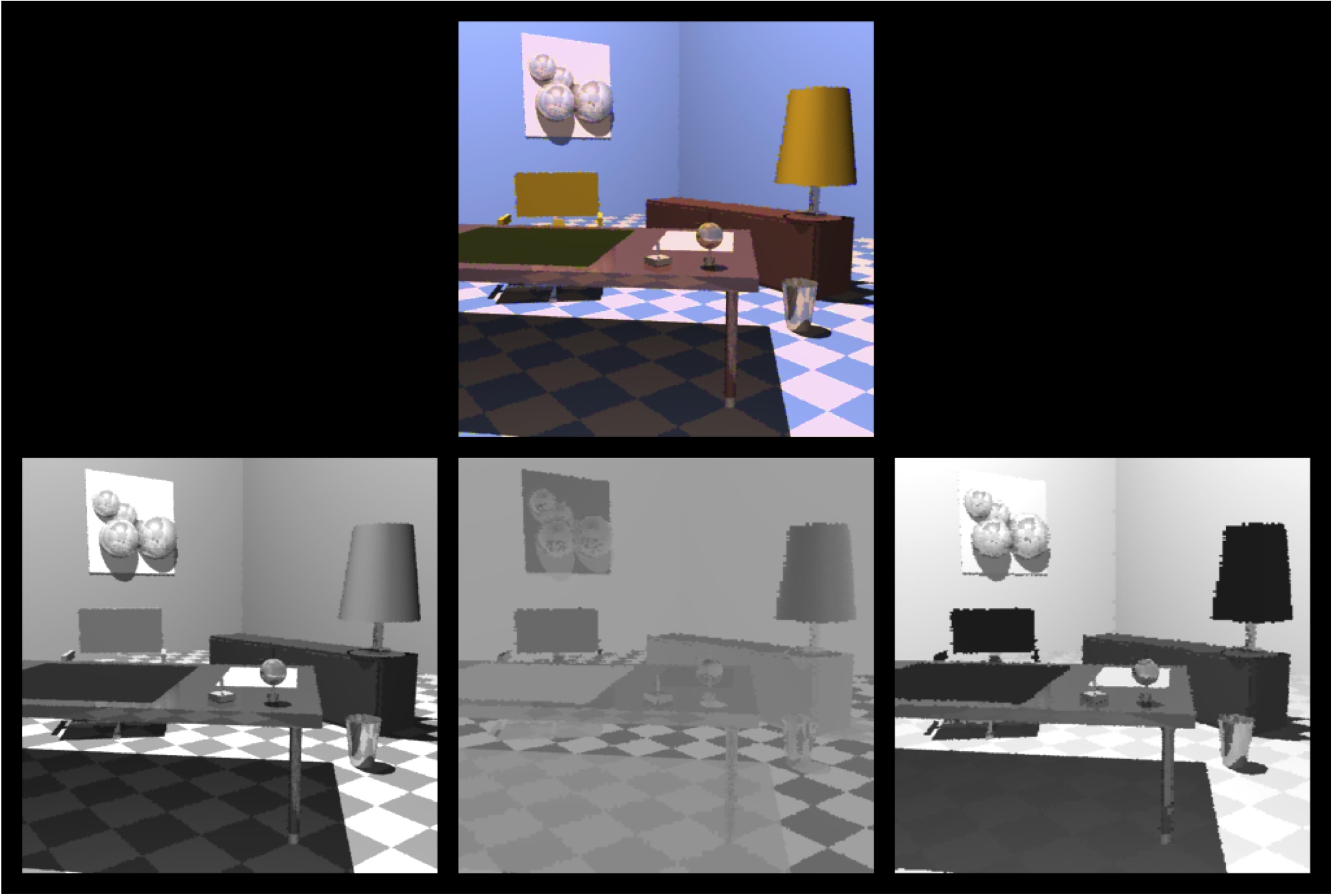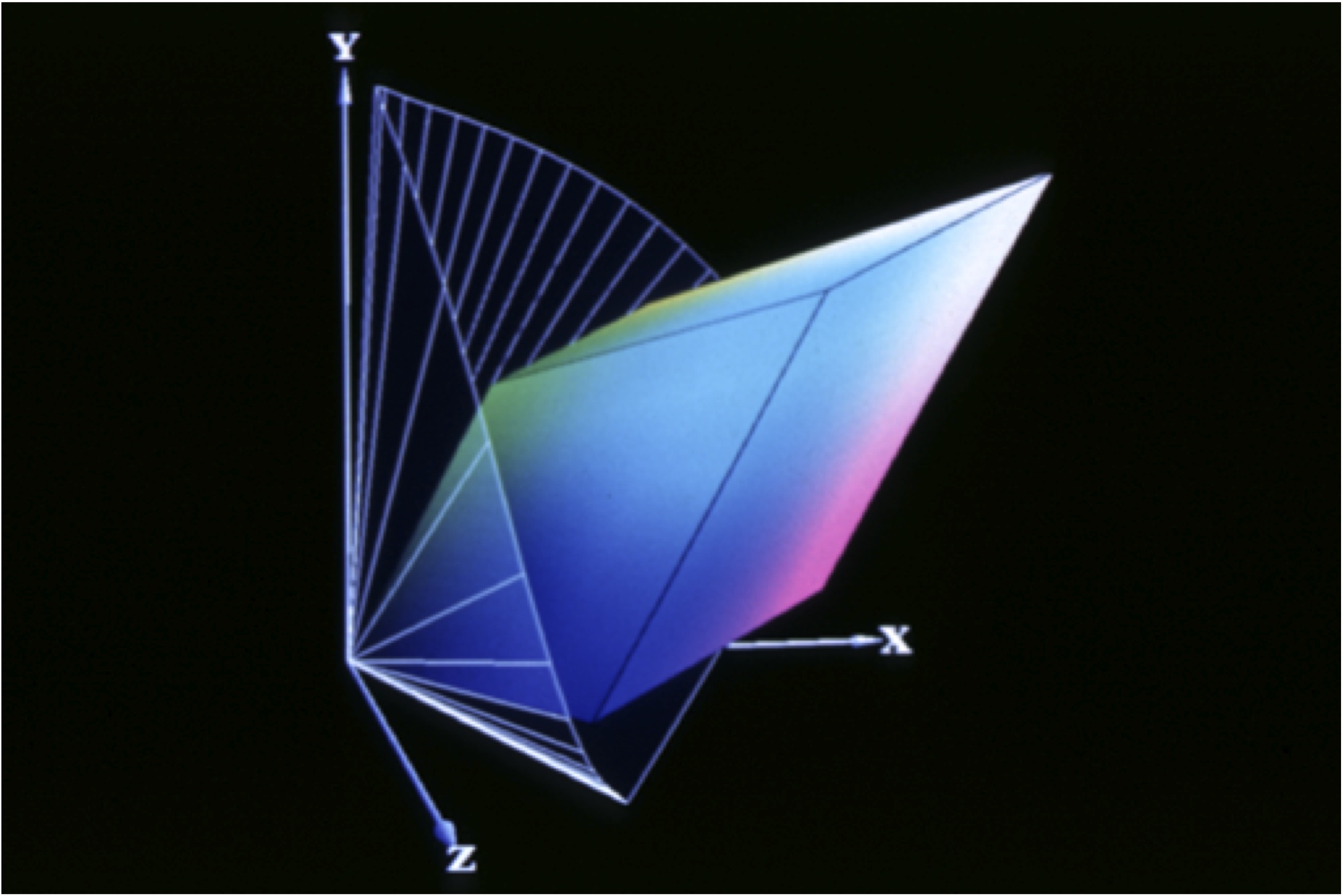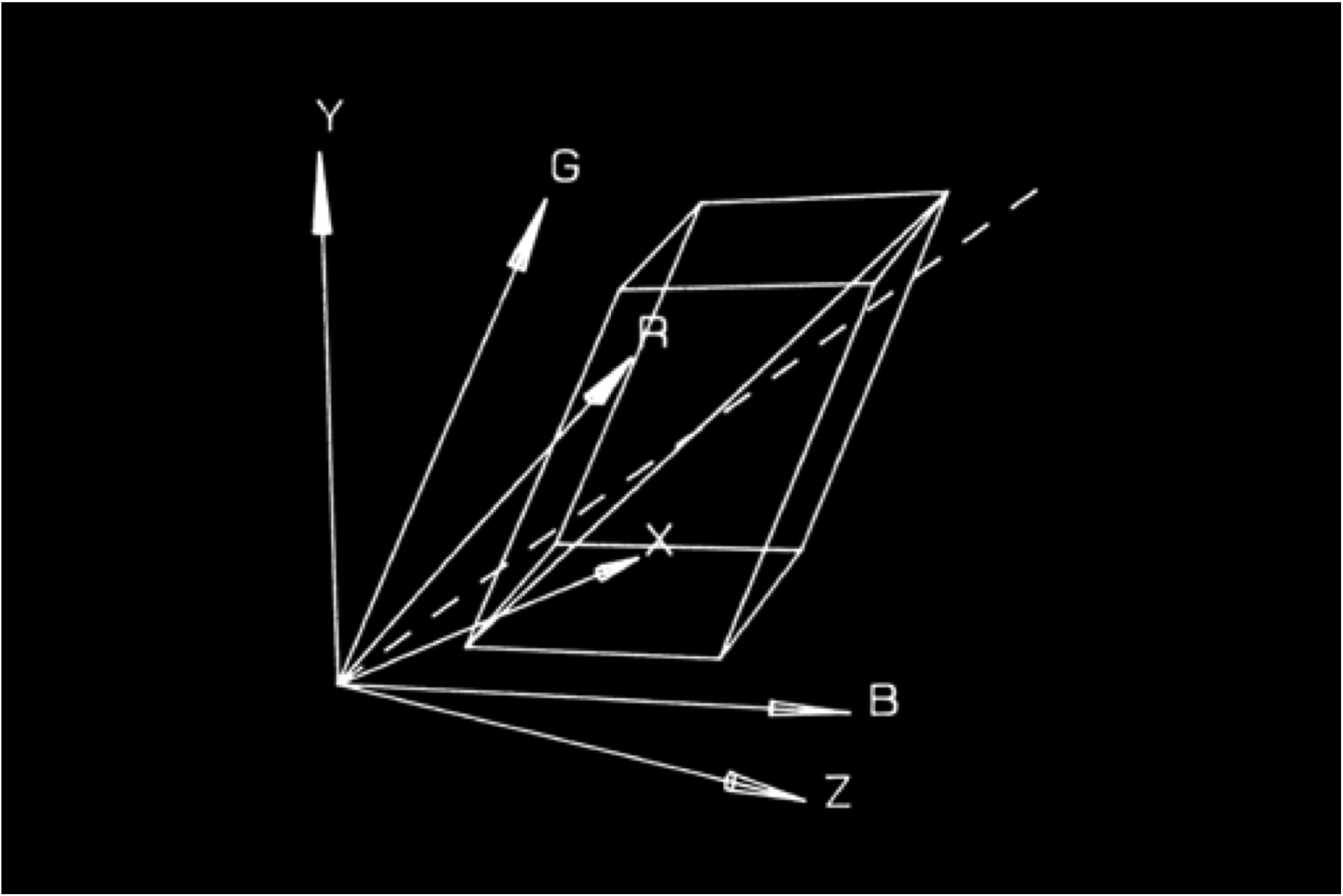Gary Meyer's research focuses on color synthesis and color reproduction techniques for computer graphics. He draws on three distinctly different research areas in developing solutions to this problem: human color perception, physical modeling, and color appearance design. In his perceptually based research he takes advantage of what is known about the human color vision system to improve the efficiency and realism of synthetic image generation techniques and to increase the accuracy and quality of the color reproduction accomplished by computer graphic devices. Much of his research in realistic image synthesis is focused on replacing the explicit simulation of a camera with an imaging technique that incorporates more of what is known about the human visual system. In his physics based research, Meyer and his students are working to advance the state of the art in synthetic image generation by simulating the mechanisms in nature (such as refraction, scattering, and interference) that determine color. This work also provides an opportunity to address practical color reproduction problems such as the simulation of local reflection and surface appearance. Finally, in his design based research, Meyer is developing tools that provide color appearance designers with interfaces that better match their traditional graphic arts based methods. This research approach returns to the earliest roots of computer graphics as an interactive tool for solving design problems.
Generating realistic images of objects with complex reflection properties is physics based and requires a fundamental understanding of how light interacts with materials. In this area, much of Meyer's research effort has been spent on the development of an appearance based rendering system. The goal is to link industrial appearance measurements for quantities such as gloss and metallic color to the parameters of existing computer graphic reflection models. This will allow the paint and coatings industries to utilize realistic image synthesis as part of their design process in a manner similar to the way that mechanical engineers have used computer graphics to solve geometric design problems for the last twenty-five years. It will also lead to computer graphic reflection models that are specified in terms of visual surface appearance and not in terms of physical material properties.
Recent advances in computer graphics hardware have provided aesthetic designers with unprecedented computational control over color appearance. Twenty years ago the development of ray tracing techniques made it possible to accurately simulate both the spatial and the spectral distribution of light reflected from a surface and to produce photorealistic pictures of an object. However, the introduction of per pixel shading hardware within the last five years has allowed interactive control over surface reflection properties and has produced image quality equivalent to basic ray tracing. The use of pixel shaders to manipulate the parameters of an arbitrarily complex surface reflection model in real time makes it possible to design new color appearances even if there is no method available to have them fabricated.
The synthesis of realistic images can be facilitated by employing an algorithm that makes image quality judgments while the picture is being created instead of relying upon the user of the software to make these evaluations once the image is complete. In this way it is possible to find the artifacts in a picture as it is being rendered and to invest additional effort on those areas. By targeting the parts of the picture where problems are visible, the overall time necessary to compute the image is reduced. It is also possible to have the algorithm stop when the picture quality has reached a predetermined level. This permits the use of radically different rendering algorithms but still has these methods produce an equivalent visual result.



